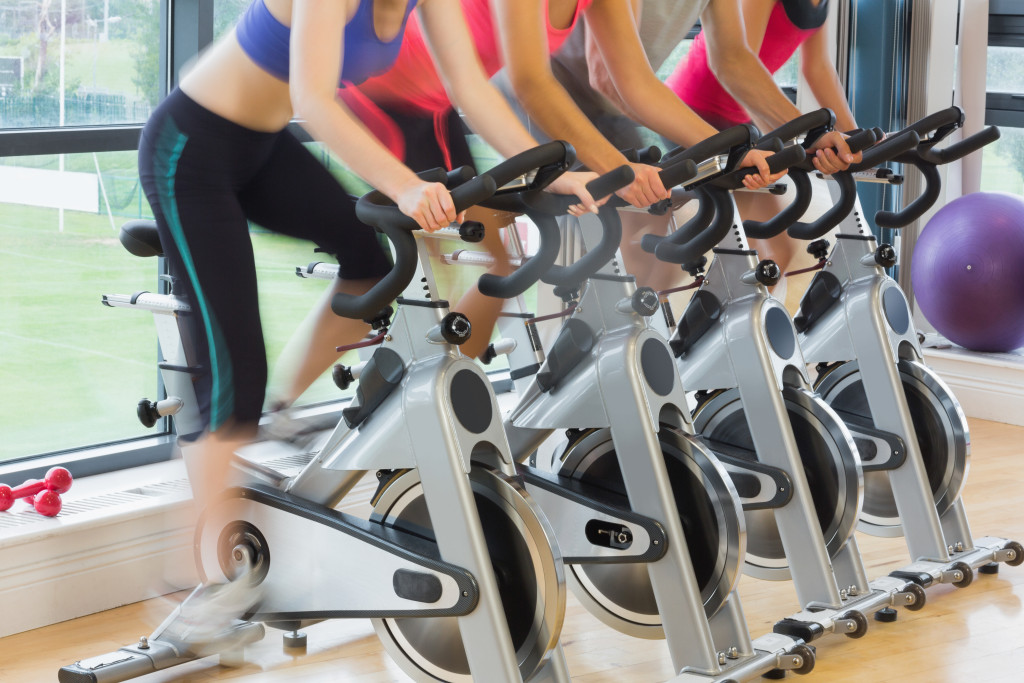Disclaimer: This website provides health information for educational purposes only and is not a substitute for professional medical advice, diagnosis, or treatment. Always seek the guidance of a qualified healthcare provider with any questions you may have.
Working out is a great way to stay in shape and feel best. But sometimes, it can lead to back pain that can damage your workouts and daily life. There are many reasons why you may experience back pain after working out. Some of the most common causes include poor form while exercising, muscle strain, over-exercising, and dehydration. Here’s a closer look at each one.
Poor Form While Exercising—When performing any exercise, it is important to be aware of proper form and technique to avoid injury. Poor form or incorrect posture can place too much stress on the spine, leading to back pain or even injury if not corrected. It also increases the risk of developing overuse injuries, which can cause back pain and other problems such as tendinitis and bursitis.
Muscle Strain—Muscle strain can occur when muscles become overstretched or torn due to excessive force or activity without adequate rest or recovery time between sessions. You may feel a sudden pain in the back after lifting heavy objects or engaging in strenuous activities. This injury can cause severe back pain and should be taken seriously. It could also manifest as a chronic condition if not treated properly.
Over-Exercising—You may not realize it, but too much exercise can be as bad for your back as not enough. If you continually push yourself too hard, it can lead to injuries and muscle strain. Over-exercising can also cause fatigue and increased stress on the body, leading to back pain. It can also weaken your immune system, making it more difficult for your body to fight infections and illnesses.
Dehydration—Another common cause of back pain is dehydration. When you don’t drink enough water or electrolytes during a workout, your muscles become weak and can easily be strained or injured. Dehydration also causes fatigue and decreases blood circulation, leading to soreness and back pain.
Safety Precautions
To ensure that you stay safe while working out, here are some safety precautions to keep in mind:
- Warm-up and cool down before and after workouts.
- Properly stretch before and after exercising to reduce the risk of developing overuse injuries.
- Pay attention to your body and adjust your workout intensity as needed.
- Use proper form and technique while exercising to reduce the risk of injury. Work with a trainer, especially if you are new to working out.
- Make sure to drink plenty of water before, during, and after workouts.
- Take breaks throughout your workout to give your body a chance to rest.
- Talk to your doctor before starting any exercise program.

Managing Existing Back Pain
If you are already experiencing back pain, seeking medical advice and taking the necessary steps to manage and treat your condition is important. On top of your physical activities, you should also adopt a healthy lifestyle by eating a well-balanced diet and getting enough rest. Regular chiropractic adjustments help reduce muscle tension and restore proper spine alignment.
You should also get proper pain management by consulting a qualified medical professional. This can be beneficial to get an accurate diagnosis and advice on how to manage and treat the pain. In some cases, physical therapy or other treatments may be recommended to address underlying issues causing your back pain. They may advise on lifestyle modifications, exercises, and other strategies to help you maintain your back health.
Devices and Equipment to Help Avoid Back Pain
While working out at home or the gym, it is best to use devices and equipment that help to reduce the risk of back pain. These include:
Back support belts: These are designed to provide additional lumbar support and reduce the risk of injury.
Foam rollers: Foam rollers help to massage and relieve tight muscles. Use these on your lower back before and after workouts.
Adjustable weights: Adjustable weights allow you to adjust the amount of weight lifting based on your fitness level. For beginners, use lighter weights and progress as you get stronger.
Neck and back cushions: Useful for providing additional support to your spine, especially when doing exercises such as sit-ups or crunches.
Adjustable benches: Benches can be adjusted to different inclines or decline angles, allowing you to customize your workouts and minimize the risk of injury.
Safety mats: Mats provide a soft cushioning surface, which is beneficial for performing certain exercises such as sit-ups or crunches.
Balance boards: Balance boards can help to improve coordination and posture, reducing the risk of back pain. To use these, you stand on a board and shift your body weight to maintain balance.
Working out should be enjoyable. By being mindful of these common causes of back pain after working out, you should be able to enjoy your workouts without worrying about potential injuries. If you observe these safety precautions, you will remain physically and mentally healthy to continue living your best life!




